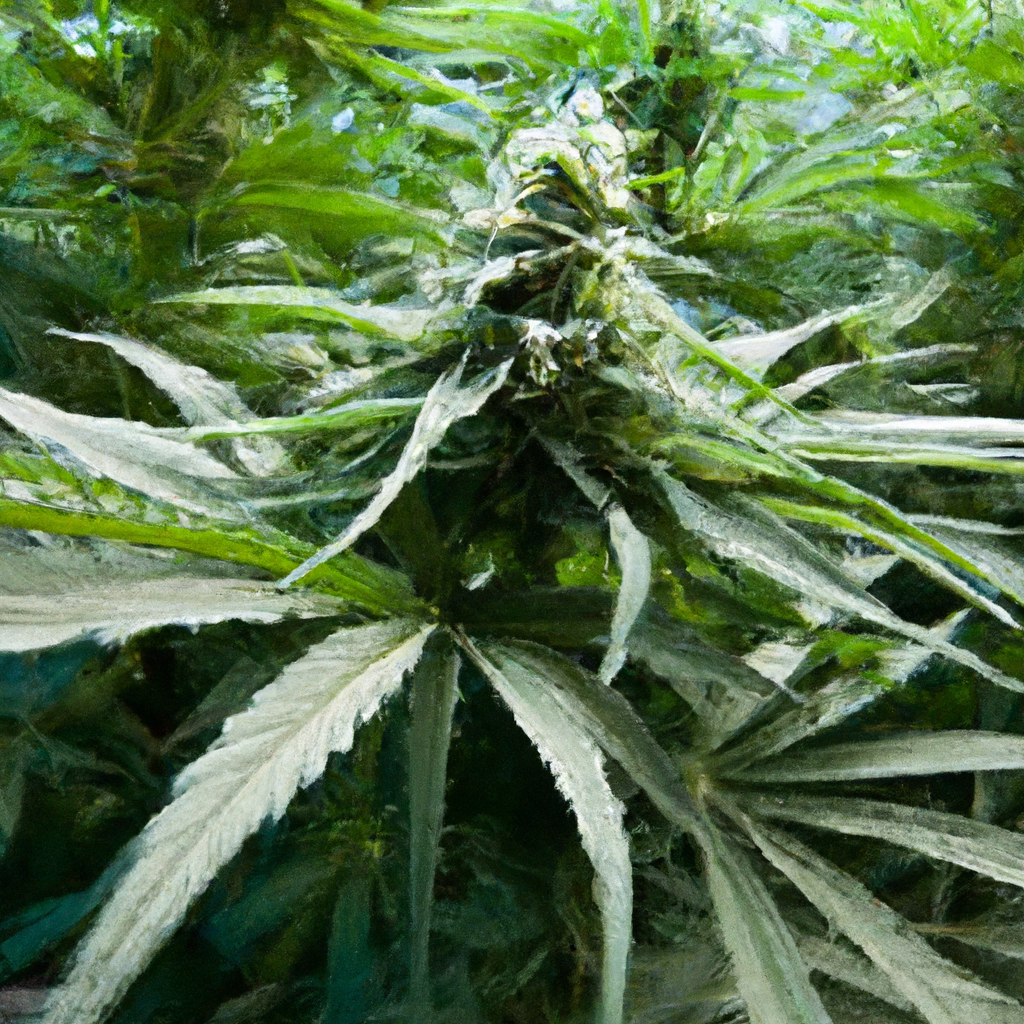By John “Magic” Greenleaf – “Growing greatness, one strain at a time.”
Introduction
Growing cannabis at high altitudes offers a unique set of challenges and opportunities. As a Colorado grower who has spent over 30 years mastering this craft, I’ve learned that one of the key factors for success is mastering water efficiency. In this article, I’ll share sustainable water practices that can enhance growth and conserve resources in high-altitude cannabis cultivation.
Understanding the High-Altitude Environment
High-altitude environments, like those in Colorado, are characterized by thinner air, increased UV exposure, and fluctuating temperatures. These factors not only affect plant growth but also influence water retention in soil. By understanding these unique conditions, growers can adapt their techniques for optimal water usage.
- Thinner Air: Leads to quicker evaporation of water from the soil and plants.
- Greater UV Exposure: Increases transpiration rates, requiring more precise irrigation.
- Temperature Fluctuations: Impact the timing and frequency of watering schedules.
Sustainable Water Practices
Here are some sustainable practices to maximize water efficiency in high-altitude cannabis cultivation:
- Drip Irrigation Systems: These systems reduce water waste by delivering water directly to the plant roots. My setup saves up to 40% of water compared to hand-watering.
- Organic Soil Use: Organic soils retain moisture better, reducing irrigation needs. My organic mix helps cut water usage by 10,000 gallons annually.
- Mulching: Applying a layer of organic material on top of the soil reduces evaporation and maintains soil moisture levels.
- Rainwater Harvesting: Collecting rainwater for use in irrigation can be a wonderful supplement to traditional water sources.
Case Study: Magic Kush
My strain “Magic Kush,” renowned for its medicinal properties, thrives under these water-efficient practices. By employing drip systems and organic soils, we maintain consistent humidity and prevent mold, leading to healthier growth and higher yields.
The plant’s strong roots absorb nutrients more effectively, resulting in an impressive terpene profile and potent therapeutic benefits.


Leave a Reply